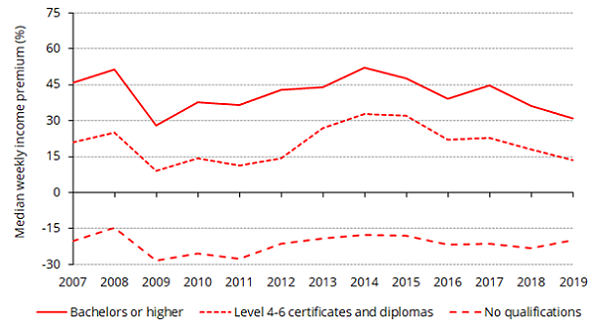The Association was interested to learn of one sporting code offering a “$1 retainer”, (the price of a single cup-noodle serving), comprising two 50 cent payments, should a young player “sign-up”, to potentially play in a national sporting competition.

The Association understands that the player would receive certain additional payments, if selected and available to play for the team of the organisation making the offer. If ill or injured, no payments other than the retainer payment referred to above would be made.
With no specific mention of re-location reimbursements or other employment opportunities in the contract, the total potential income offered (should no other paid-employment be undertaken by the player during the calendar year), would be around one-third of the annual minimum wage. Appropriately, the contract suggested that the player seek independent legal advice before signing.
With less than 1% of the total participants in some sporting codes gaining full-time contracts as players, the opportunity-cost for youth in not gaining a professional qualification or trade, while being able to play the game they love for pure-enjoyment, can be extremely costly in later life, particularly if a sporting career is pursued without completing basic secondary education.
Statistics from the Ministry of Education show that someone with a trade-certificate or diploma on average will earn around 15% to 30% more than someone who leaves school with no qualification other than NCEA, with the earnings premium is higher again if a degree course is completed. Abandoning secondary-schooling for the chance of a sporting career is potentially even more costly, as illustrated below.

(Over a lifetime, qualifications make a big difference - Source: Ministry of Education)
Reflecting the tighter financial conditions that many sporting codes are now adjusting to in the current COVID-19 environment, it is worth considering if some professional competitions which are clearly under financial stress, should just revert to strictly amateur status, thereby ensuring that players seek the certainty of paid-employment based on a sustainable and certain career.
The scarcity of the financial prize for players, if ephemeral today (as suggested by this example), will be even harder to secure in a future of reduced income for sport organisations.
And given that the prospect of earning-a-living by playing the game for most participants is simply illusory, perhaps more needs to be done by sporting codes to ensure that sporting youth are making the right choices in terms of their future lives and financial livelihoods.